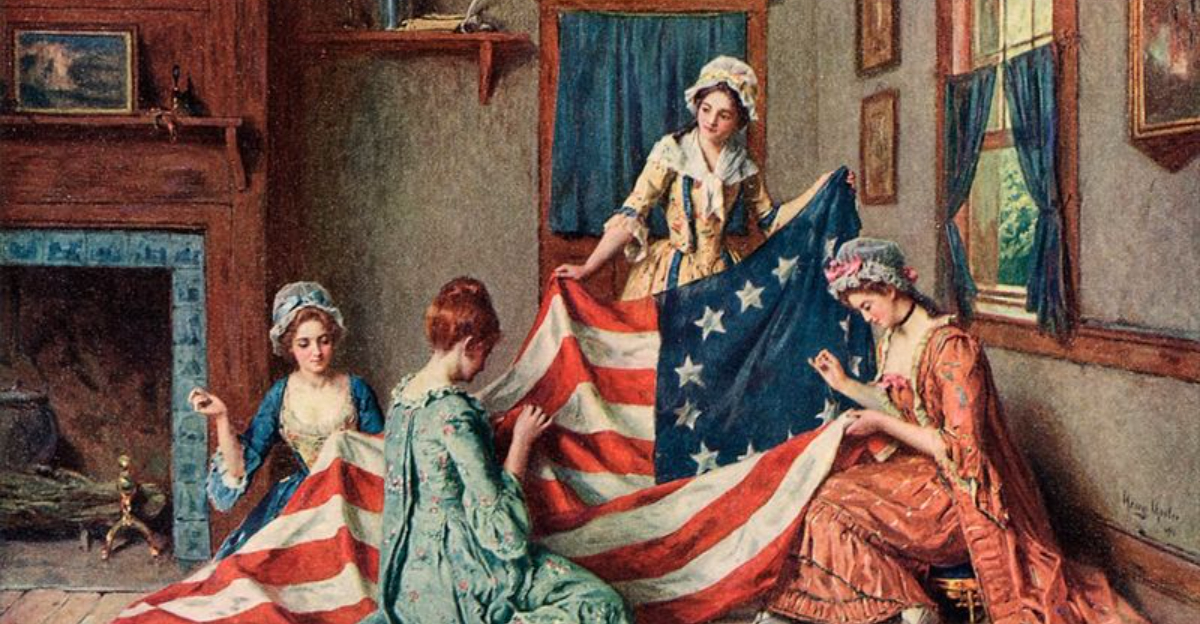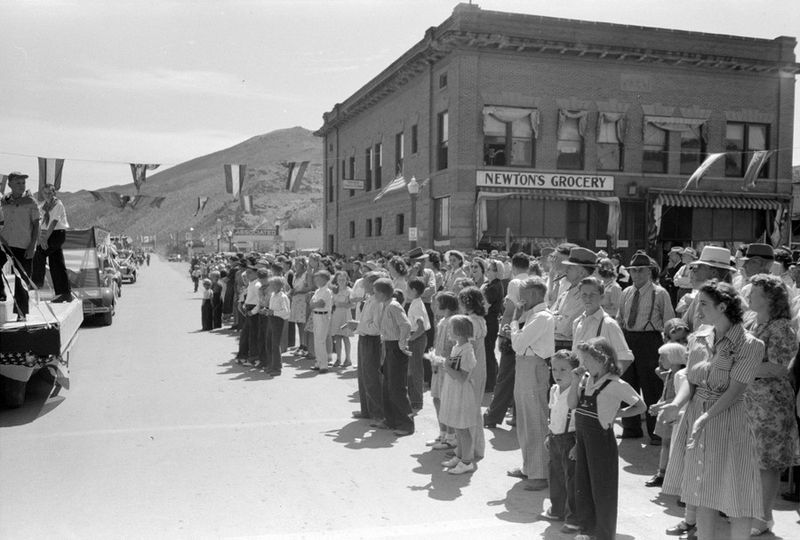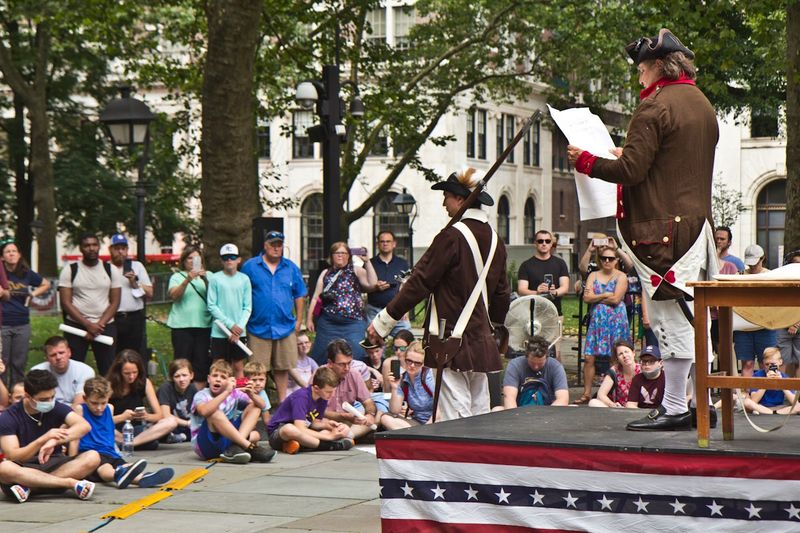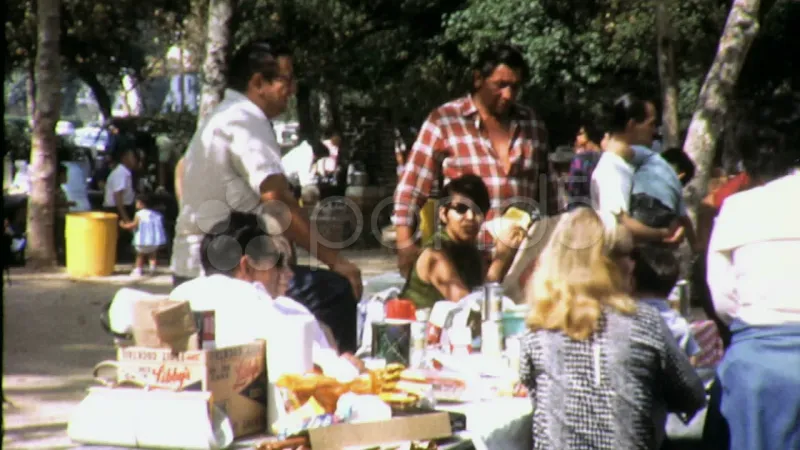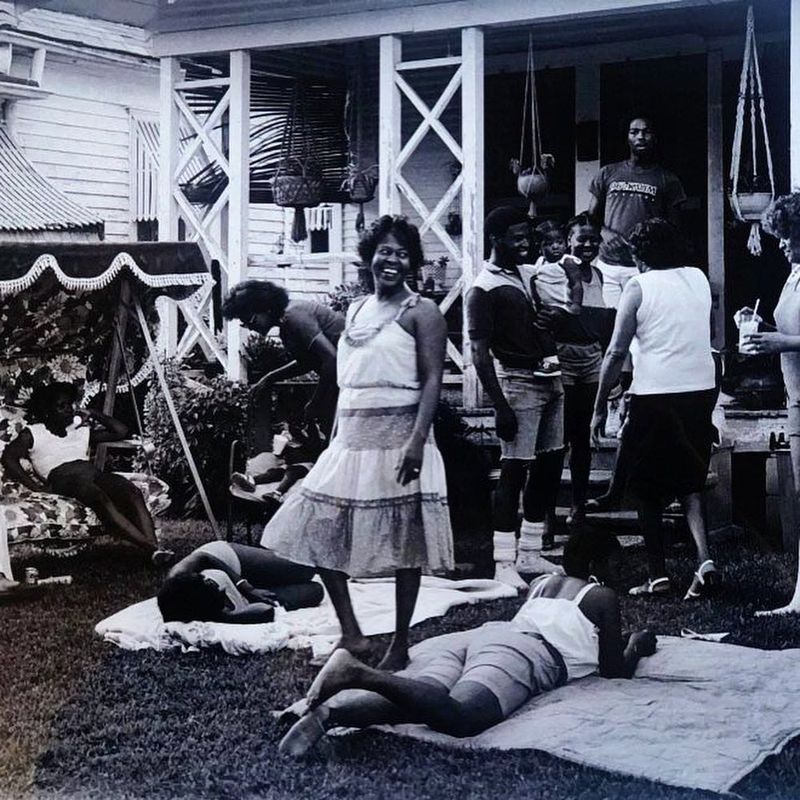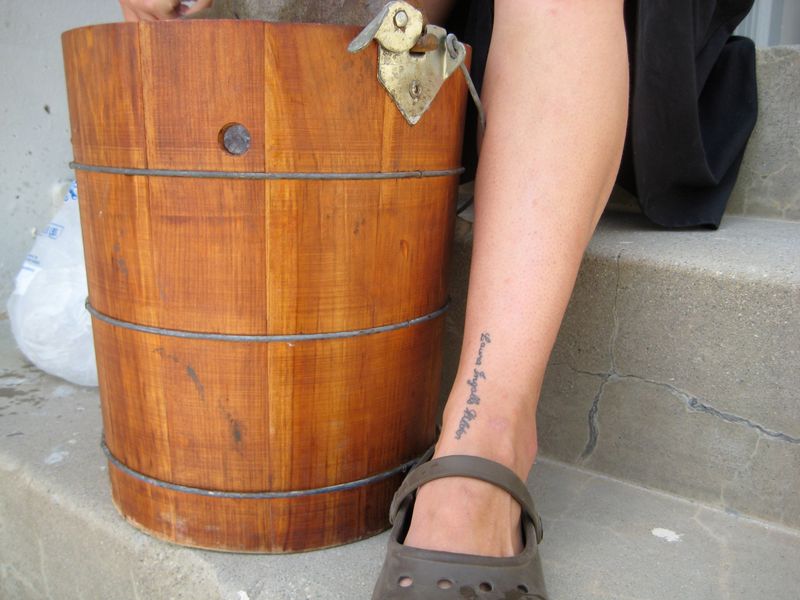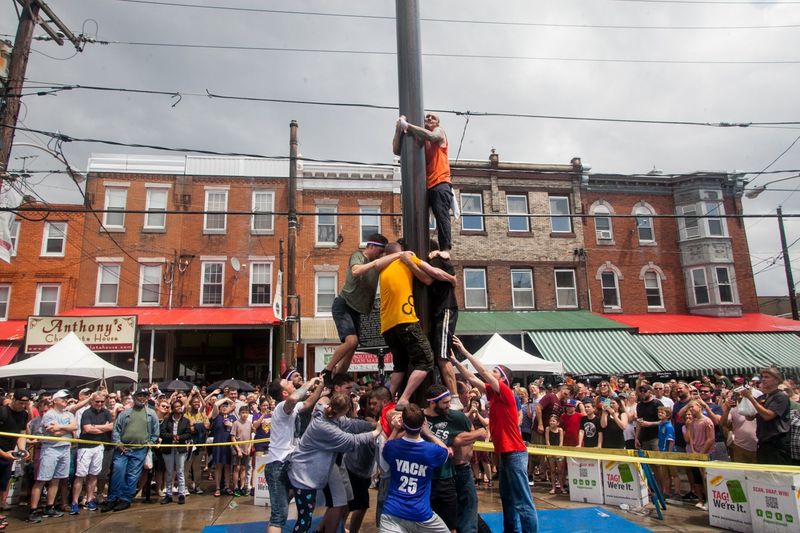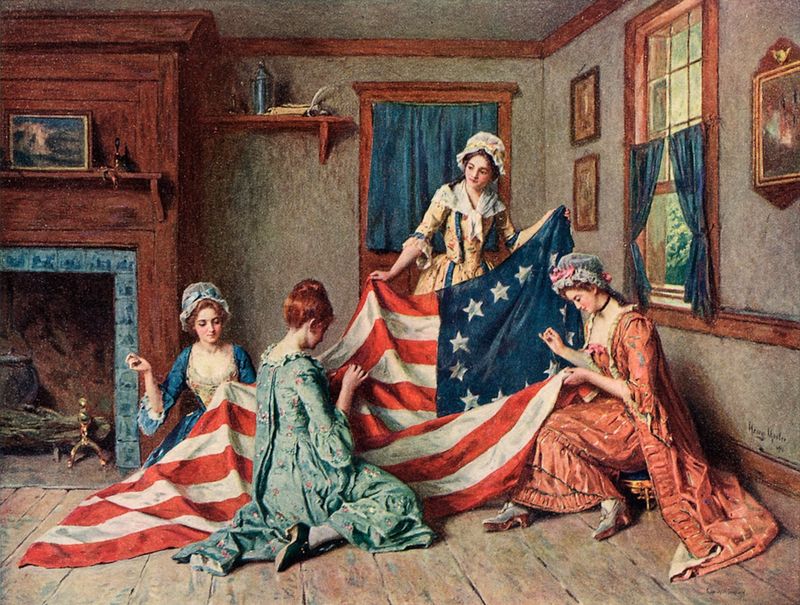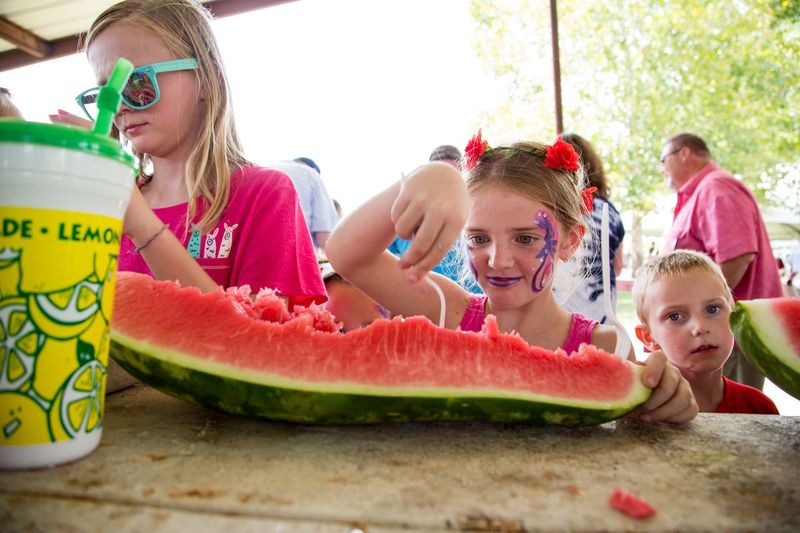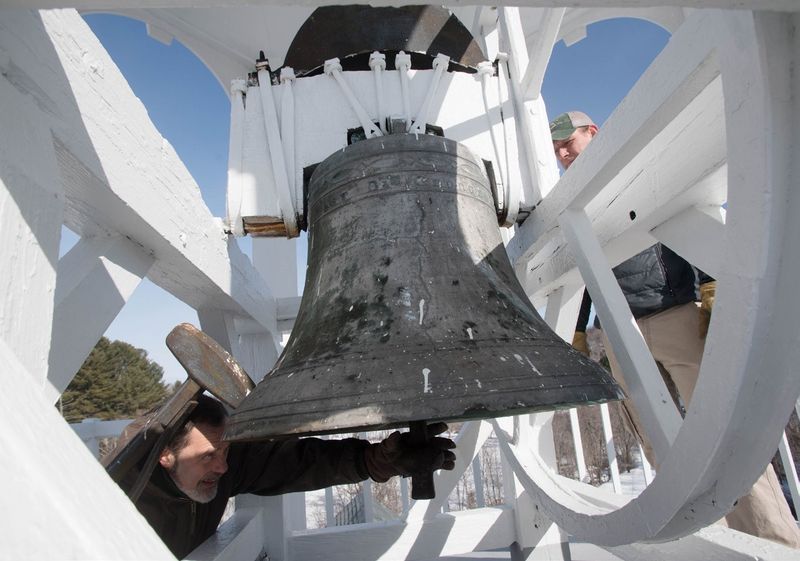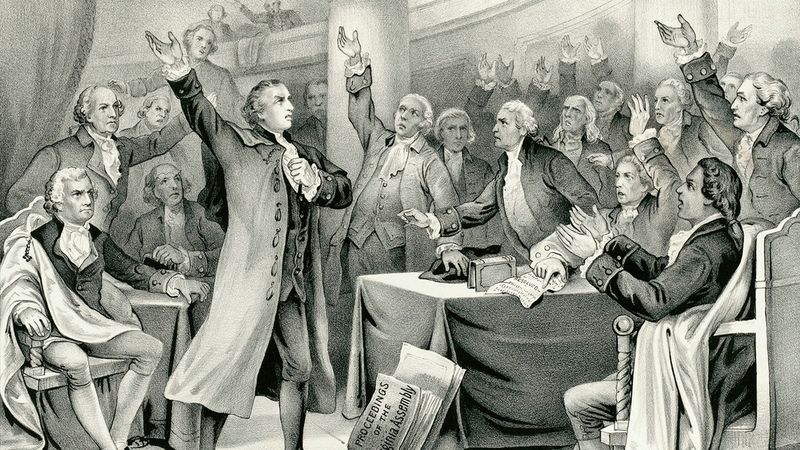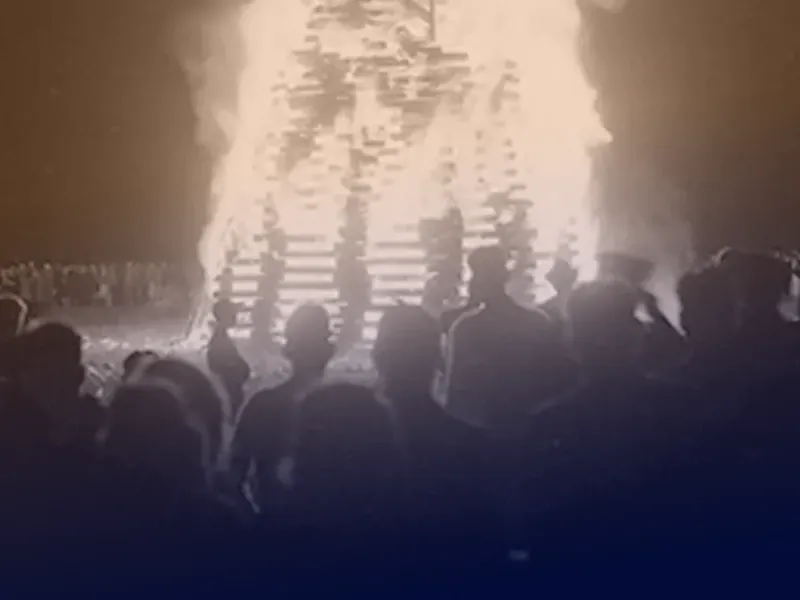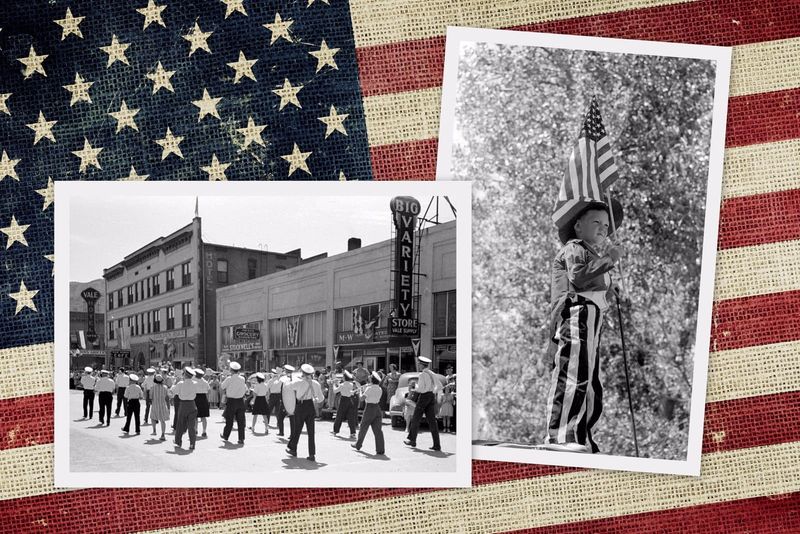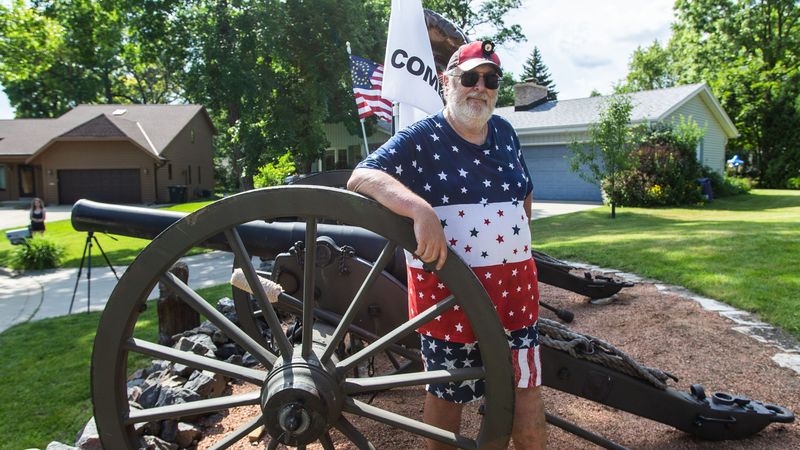Before smartphones captured every moment, Americans celebrated Independence Day with simpler, more communal traditions. The Fourth of July once meant gathering with neighbors, sharing homemade treats, and participating in small-town festivities that brought communities together. These celebrations weren’t just about fireworks – they honored the spirit of freedom through meaningful connections and patriotic customs.
1. Town Square Gatherings
Families would flock to town squares dressed in their Sunday best, despite the summer heat. These central meeting spots transformed into vibrant hubs of activity with bunting-draped gazebos and flag-lined pathways.
Local bands played patriotic tunes while children chased each other around park benches. The mayor would often deliver a rousing speech about freedom and sacrifice, creating a moment of unity before the festivities continued with games and refreshments.
2. Reading the Declaration Aloud
Standing tall on makeshift platforms, community leaders would unfurl aged parchment replicas of the Declaration of Independence. The crowd would fall silent as familiar words echoed across parks and courthouse steps.
Children fidgeted but learned to appreciate the gravity of those revolutionary statements. This solemn tradition connected generations to the founding principles of the nation, reminding everyone why they gathered to celebrate in the first place.
3. Community Picnic Competitions
Picnic blankets dotted grassy fields as families competed for the most elaborate spread. Checkered cloths overflowed with fried chicken, deviled eggs, and cherry pies that had been cooling since dawn.
Judges (usually respected elders) sampled dishes with theatrical seriousness. Winners received blue ribbons and year-long bragging rights. The real prize, though, was the shared feast that followed, where recipes were swapped and community bonds strengthened over second helpings.
4. Patriotic Porch Decorating
Neighbors competed fiercely yet good-naturedly to create the most patriotic porch display. Handmade bunting draped from railings while star-spangled wreaths adorned doors throughout June.
Children helped string cranberries and blueberries into edible flag garlands. Resourceful families transformed ordinary objects into red, white, and blue masterpieces. Evening strolls became neighborhood tours as residents admired each other’s handiwork, with unofficial awards given for creativity and patriotic spirit.
5. Homemade Ice Cream Socials
The rhythmic cranking of ice cream makers created the soundtrack of many July afternoons. Families took turns at the hand-crank, transforming simple ingredients into creamy treasures.
Salt and ice packed around metal cylinders worked mysterious magic while children waited impatiently. Vanilla was traditional, but adventurous makers added fresh berries for patriotic color. These gatherings weren’t just about dessert—they created memories through shared labor and sweet rewards that store-bought treats could never match.
6. Greased Pole Climbing
Daring youngsters lined up to attempt the impossible—scaling a tall wooden pole slathered with lard or grease. A prize—usually money or candy—dangled temptingly from the top, just out of reach.
Spectators roared with laughter as climbers slid back down in comical defeat. The occasional victor emerged grease-covered but triumphant, hoisting their prize to thunderous applause. This messy tradition tested determination and provided unforgettable entertainment long before digital distractions existed.
7. Patriotic Sewing Circles
Weeks before Independence Day, women gathered in parlors to craft flags and patriotic quilts. Nimble fingers worked red, white, and blue fabric while stories flowed as freely as lemonade.
Many created heirloom-quality pieces featuring 13 stars or intricate eagle designs. These circles served dual purposes—producing decorations for the celebration while preserving oral histories and strengthening female friendships. The resulting creations often became treasured family artifacts passed down through generations.
8. Watermelon Seed Spitting Contests
Juice-stained children lined up along chalk marks drawn in the dirt, cheeks bulging with black seeds. The signal would sound, and seeds would fly through the air as contestants aimed for distance records.
Grandpas often dominated these competitions, demonstrating surprising skills to wide-eyed youngsters. Measuring tapes stretched across lawns amid friendly disputes and demands for rematches. This sticky, giggle-filled tradition turned a simple summer fruit into an arena for cross-generational competition.
9. Midnight Bell Ringing
Church bells pealed at the stroke of midnight on July 4th, their sounds rippling across sleeping towns. This tradition dated back to 1776, when bells announced the first public readings of the Declaration.
Dedicated bell-ringers took their patriotic duty seriously, sometimes pulling ropes for a full hour. Townspeople would wake briefly, smile at the familiar sound, then return to sleep knowing the special day had officially begun. Children found magic in this midnight ritual that bridged past and present.
10. Patriotic Oration Competitions
Young people memorized famous American speeches or wrote original orations about liberty. Dressed in their finest clothes, they stood before community judges, voices ringing with practiced conviction.
These competitions weren’t merely performances—they instilled civic values and public speaking skills. Winners received small scholarships or commemorative medals. The tradition created a pipeline of articulate citizens who understood their national history and could eloquently express what freedom meant to their generation.
11. Community Baseball Games
Makeshift diamonds appeared in pastures and town squares where rivalries played out under the summer sun. Farmers faced shopkeepers while spectators cheered from blankets and folding chairs hauled from home.
These weren’t professional affairs—equipment was patched, rules flexible, and skill levels varied wildly. Women often organized refreshment stands, selling lemonade and cookies to fund local causes. The games fostered community spirit through friendly competition before everyone united to watch evening fireworks.
12. Liberty Bonfires
As twilight descended, communities gathered around massive bonfires that reached toward starry skies. This tradition echoed colonial celebrations when bonfires symbolized the light of liberty spreading across the land.
Families brought old furniture or tree branches to contribute to the communal blaze. Stories were shared while faces glowed in the firelight. Young couples stole quiet moments in the shadows while elders reminisced about celebrations past, creating an unbroken chain of memory spanning generations.
13. Costume Parades for Children
Youngsters transformed into miniature George Washingtons and Betsy Rosses, parading down main streets in homemade historical costumes. Mothers spent weeks sewing tricorn hats and colonial dresses from whatever materials were available.
Wagons decorated as ships or liberty bells carried the smallest patriots. Everyone received a prize ribbon regardless of costume quality. These charming processions taught history through participation, making founding fathers and revolutionary heroes come alive for new generations.
14. Dancing Around the Liberty Pole
Young people wove colorful ribbons around tall poles planted in town greens, creating intricate patterns as they skipped and twirled. This tradition combined European Maypole customs with American patriotism, the ribbons forming a symbolic community bond.
Musicians played fiddles and drums while dancers followed choreographed steps passed down through generations. Older folks watched from the sidelines, remembering their own dancing days. As the celebration continued into evening, lanterns illuminated the pole topped with liberty caps or eagle carvings.
15. Neighborhood Cannon Firing
The boom of small ceremonial cannons once punctuated Independence Day celebrations across America. Local militia groups or historical societies maintained these miniature artillery pieces specifically for patriotic occasions.
Safety precautions were minimal by today’s standards—children stood surprisingly close as black powder ignited. Each blast sent a thrilling shockwave through the crowd. The tradition connected modern celebrations to Revolutionary War victories, when cannon fire announced triumph and the birth of a nation.
